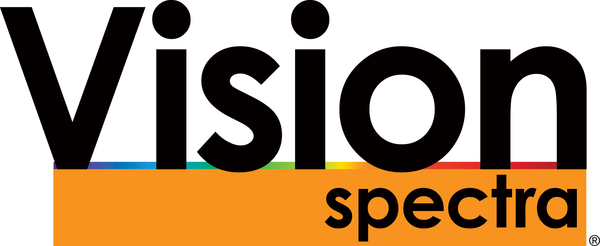Transparent, Shiny Materials Captured with 3D Scanning
Historically, using machine vision to detect both transparent and shiny objects has been an enormous hurdle to overcome. And while 3D-scanning technologies have evolved over the past few years, scanning these materials still presents a challenge to both manufacturers and camera developers alike.The difficulty lies in their unique optical properties, complicated by the fact that light either passes right through them or reflects off them in uncontrollable directions. This phenomenon inhibits accurate scans.
The MotionCam-3D with the integrated CMOS computational image sensor (COMPIS) and Parallel Structured Light technology can capture and process image data to accurately portray 3D versions of objects made of both transparent and reflective material. Courtesy of Photoneo.
Traditionally, 3D imaging was used for scanning these types of objects, though there has been widespread recognition of its shortcomings.
For transparent materials specifically, “on the one hand, the unique optical properties of transparent materials posed a big challenge for 3D vision developers,” said Photoneo’s CTO Svorad Štolc. “And on the other hand, there was no real industrial demand for a technology that could scan transparent objects.”
This has recently changed as companies have faced the demand to quickly and accurately scan objects composed of a variety of materials that may not have a matte finish to them.
“We have been persistently addressing this challenge already for some time, with incremental progress made through various partial solutions. The competitive environment has spurred several 3D vision companies to focus on resolving the challenge — this also played a pivotal role in Photoneo deciding to include the transparent capabilities of its 3D vision technology and open the door to unlimited automation.”
In the past, companies would scan objects with irregular properties by adjusting their scanner’s position or even by covering the objects in special coatings and sprays to mitigate unwanted effects of light. And while this might have worked initially, these methods have proved to be impractical when factoring in their longevity, making an all-in-one solution the best-case scenario.
The technology
Expanding the capabilities of its MotionCam-3D camera, Photoneo developed a technology that can effectively scan and recognize reflective and transparent objects. The MotionCam-3D features a proprietary CMOS computational image sensor (COMPIS) and uses Photoneo’s patented Parallel Structured Light technology to achieve the desired result.
According to Štolc, the parallel aspect of this technology makes it the most effective.
The MotionCam-3D camera (top). A before-and-after look of captured 3D data of medical materials with and without MotionCam-3D’s new function for scanning transparent materials (bottom). Courtesy of Photoneo.
“While conventional structured light technologies need to emit several light patterns in a sequence, the Parallel Structured Light technology allows capturing a number of patterns in one laser sweep thanks to the proprietary COMPIS sensor,” he said. “This enables transparent scanning a magnitude faster than using the standard approach.”
The MotionCam-3D also leverages edge computing, allowing the captured 3D data to be processed directly in the COMPIS. This not only means that the user does not have to handle post- processing steps, but it also reduces the complexity and cost of the process.
Looking forward
While the Photoneo camera allows users to increase the efficiency and throughput in traditional industrial applications, it also extends the possibilities of automation to open the door to new use cases.
Logistics, retail, and grocery order fulfillment are experiencing a huge boom in adopting automation, and because they need to deal with huge volumes of mixed items, Photoneo believes that automation is only functional in these sectors if all kinds of objects can be handled.
While other systems can easily track canned goods, cardboard boxes, and fabrics, many goods made of clear and shiny materials, such as commercial plastic water bottles and silverware, cannot be effectively identified by these systems.
These requirements also concern items packaged in transparent materials, such as bubble foil, as well as in the pharmaceutical industry, in which automation is handling objects including transparent blister packs, syringes, vials, or ampoules.
Photoneo’s system can handle all these cases but acknowledges the room for improvement.
“We solved the challenge of scanning transparent materials … with a higher scanning speed,” Štolc said. “Yet, we believe there is still room for further perfection of this feature and pushing the boundaries toward the scannability of other materials with even more challenging optical properties.”
LATEST NEWS
- Photoswitchable Biosystems Make Way for Intelligent Drug Delivery May 8, 2024
- ams OSRAM Sells Passive Optical Components Assets to Focuslight May 8, 2024
- Toku Adds to its Board: People in the News: 5/8/24 May 8, 2024
- Functional Materials Developer Meta Materials to Lay off 80% of Workforce May 7, 2024
- Luminar Restructuring Includes 20% Workforce Cut May 7, 2024
- Danish Authorities Approve Sale of NKT Photonics to Hamamatsu May 6, 2024
- Photonic Processor Boosts Multifunctionality for Next-Gen Networks and AI May 6, 2024
- Imec Venture Fund Launches with $323M May 6, 2024
